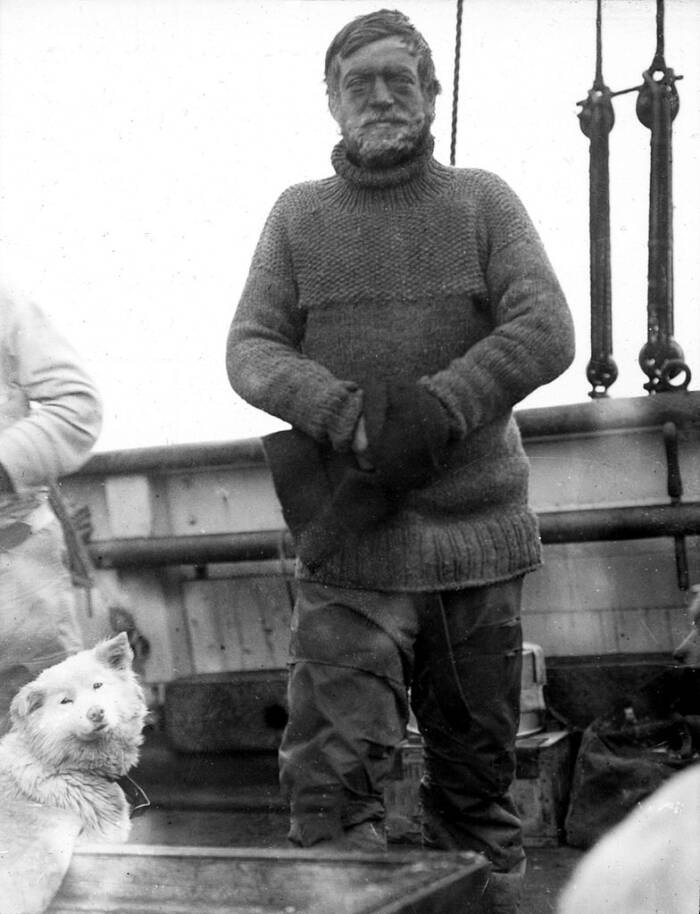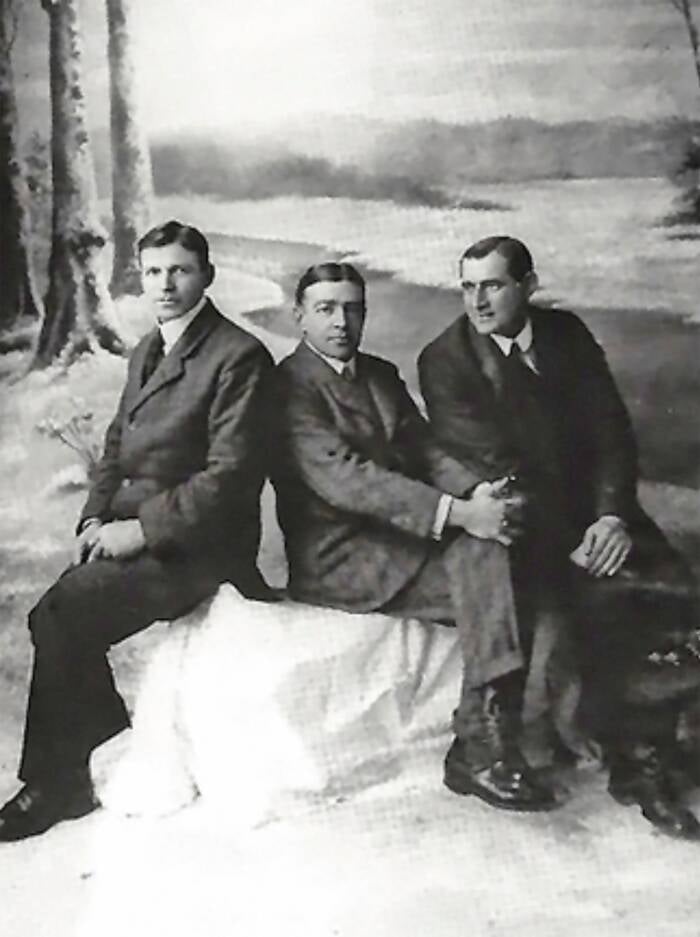Throughout history, people facing extreme peril have reported feeling an invisible presence that helped lead them to safety, a phenomenon known as third man syndrome.
On Sept. 11, 2001, Ron DiFrancesco thought he was going to die. Trapped in the South Tower of the World Trade Center, he had first followed others upstairs to escape the smoke and flames, then decided to turn around and go down — only to find his path blocked by a wall of fire. DiFrancesco was trapped. Suddenly, he heard a voice in the darkness encouraging him to “get up” and walk through the flames. Though he didn’t know it, DiFrancesco had begun to experience “third man syndrome.”
By following this voice, DiFrancesco made it out of the building. In fact, he was the last person to make it out of the South Tower alive before it collapsed. And he’s far from the only person who has reported hearing a voice or feeling a presence during moments of great peril.
This phenomenon, sometimes ascribed to “guardian angels,” has been experienced by people high in the mountains, deep in underwater caves, and in other life-or-death situations. They all describe a similar experience: a voice or presence keeping them calm and leading them to safety. Curiously, this “presence” has often been felt by multiple people at once.
So what is it? No one knows for sure. John Geiger, who wrote about third man syndrome in his 2008 book The Third Man Factor: Surviving the Impossible, noted that people have found spiritual and religious explanations for third man syndrome. But he remarked that it’s also possible that the phenomenon is some kind of chemical reaction, like adrenaline, triggered by danger.
Whatever it is, the third man phenomenon has been experienced by a number of people in tight spots — who lived to tell their tale. Below, read about third man syndrome as it was experienced by mountaineers, cave divers, survivors of 9/11, and more.
‘We Were Four, Not Three’: Ernest Shackleton’s Experience With Third Man Syndrome

Public DomainErnest Shackleton’s description of third man syndrome inspired the poet T. S. Eliot.
In May 1916, Antarctic explorer Ernest Shackleton set out on a seemingly impossible mission. Having lost his ship Endurance to the ice and left the bulk of his crew on Elephant Island, he and two others set out to seek help at a whaling station in Stromness. Shackleton later confessed that he felt there was a “fourth” person who guided them during the arduous trek through the mountains.
“I know that during that long and racking march of thirty-six hours over the unnamed mountains and glaciers of South Georgia it seemed to me often that we were four, not three,” he wrote in his book South.
And he was not the only one to experience third man syndrome during this dangerous crossing. His companions, Tom Crean and Frank Worsley, also felt the presence of a “fourth” who accompanied them during the journey.
Though Crean did not commit his thoughts to paper, he purportedly agreed about the sensation. And according to the Royal Scottish Geographical Society, Worsley wrote: “There was indeed one thing about our crossing of South Georgia, a thing which I have never been able to explain. Whenever I reviewed the incidents of that march I had the subconscious feeling that there were four of us, instead of three.”

Pictorial Press Ltd/Alamy Stock PhotoFrank Worsley, Ernest Shackleton, and Tom Crean. The three men felt that there was a “fourth” with them when they tried to reach the Stromness whaling station.
Their experience later inspired the poet T. S. Eliot. He dedicated part of his poem “The Waste Land” to the third man phenomenon, writing:
“Who is the third who walks always beside you?
When I count, there are only you and I together
But when I look ahead up the white road
There is always another one walking beside you
Gliding wrapt in a brown mantle, hooded
I do not know whether a man or a woman
—But who is that on the other side of you?”
In a footnote, Eliot explained: “The following lines were stimulated by the account of the Antarctic expeditions (I forget which, but I think one of Shackleton’s): It was related that the party of explorers, at the extremity of their strength, had the constant delusion that there was one more member than could actually be counted.”





